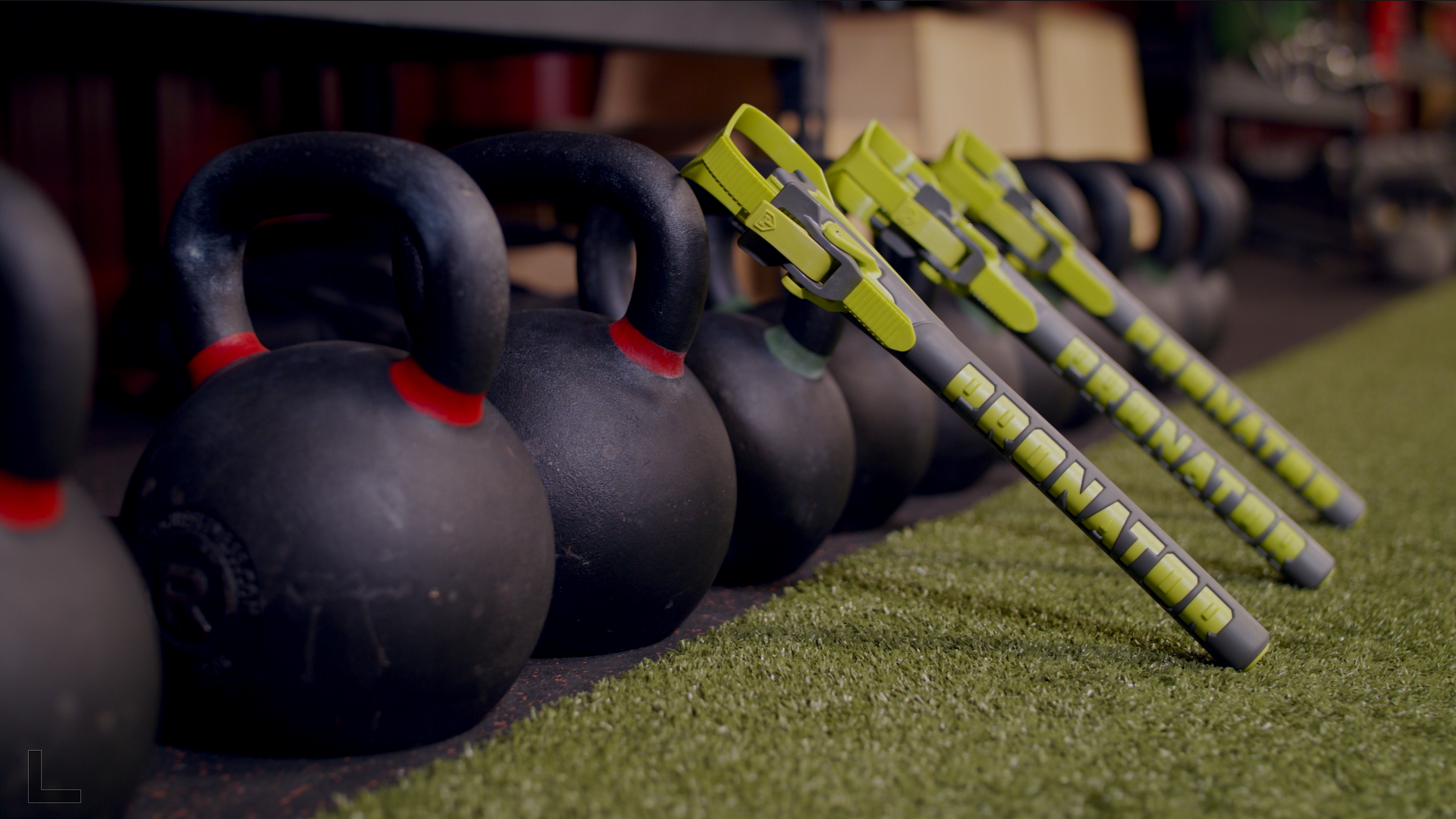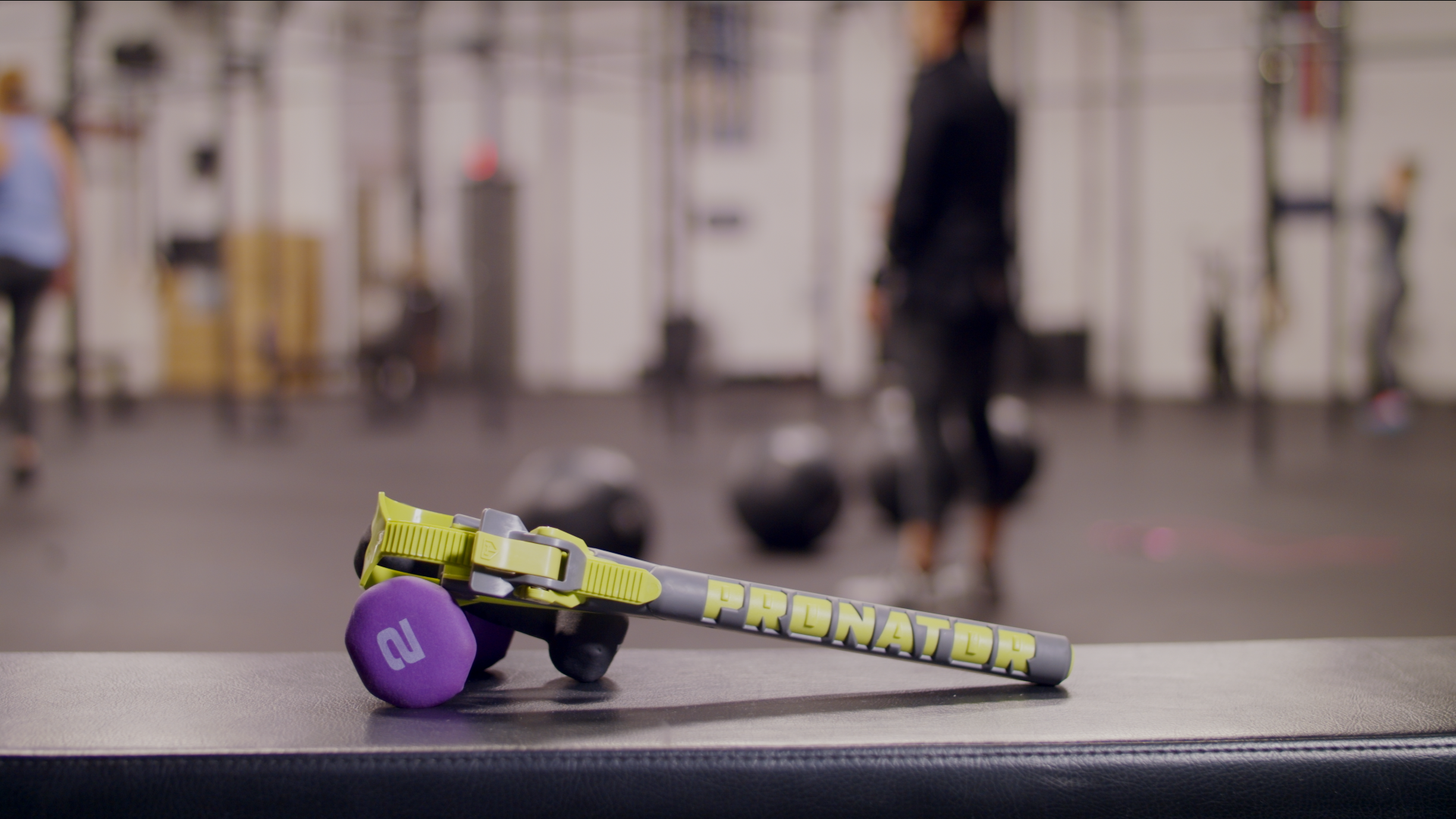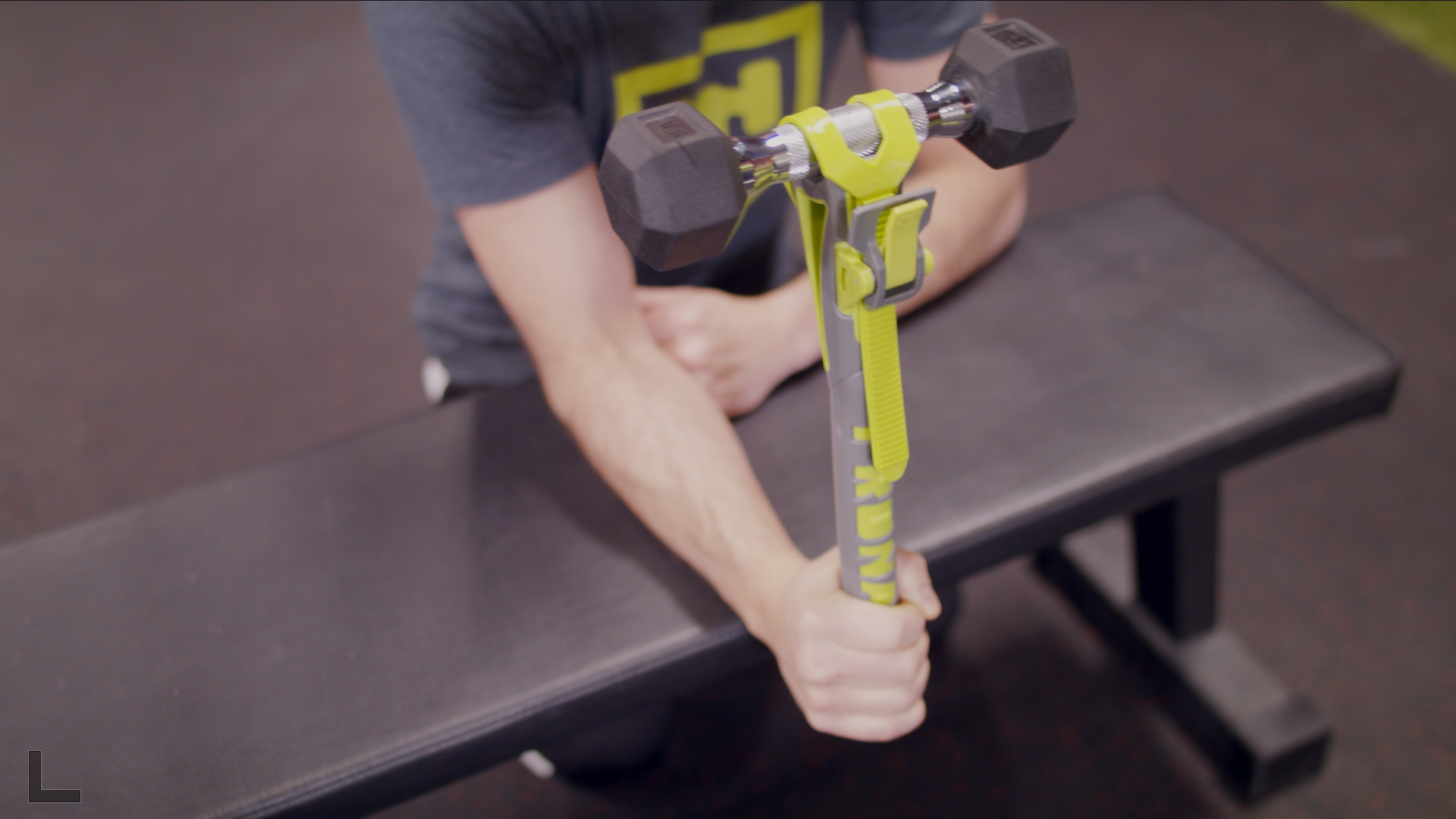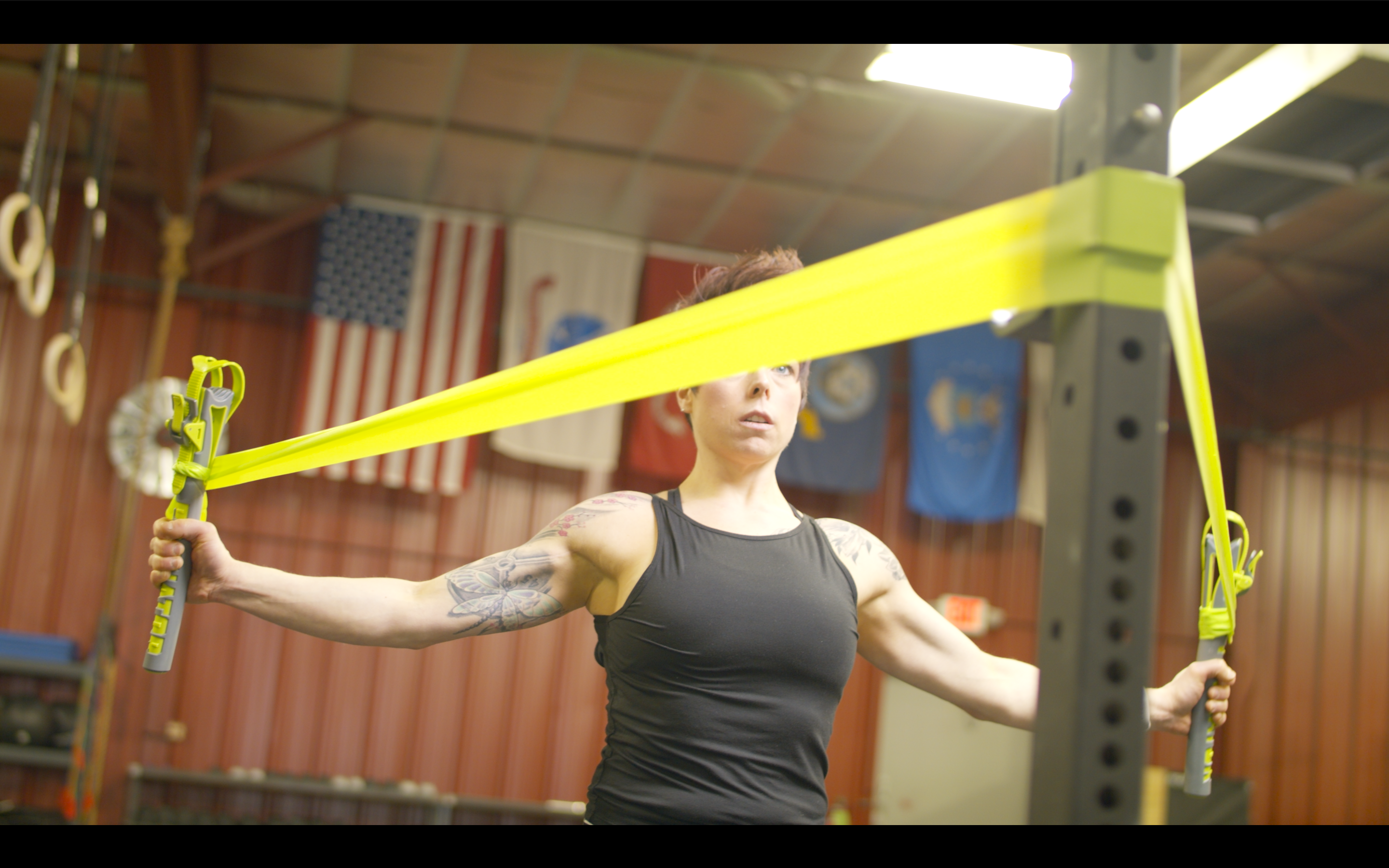 October 14, 2023
October 14, 2023
How do you relieve pronator teres pain?
Relieving pain in the pronator teres, a crucial muscle in the forearm, is essential for anyone experiencing discomfort or reduced mobility in their forearm and hand. This comprehensive post will delve into various strategies and exercises designed to alleviate pronator teres pain, enhancing overall forearm functionality and well-being.
Introduction
The pronator teres muscle, located in the forearm, plays a vital role in the pronation movement of the forearm (turning the palm downwards). Overuse, strain, or injury can lead to pain in this muscle, often impacting daily activities. Understanding how to effectively relieve this pain is crucial for maintaining forearm health and functionality.
Understanding Pronator Teres Pain
Before exploring relief strategies, it’s important to understand what causes pronator teres pain. Common causes include:
- Overuse or repetitive strain (common in athletes and manual laborers)
- Direct injury or trauma to the forearm
- Poor ergonomics during work or exercise
- Muscle imbalances in the forearm
Symptoms of Pronator Teres Pain
Symptoms can vary but typically include:
- Aching or sharp pain in the forearm near the elbow
- Difficulty turning the forearm or gripping objects
- Numbness or tingling in the forearm and hand
Strategies to Relieve Pronator Teres Pain
1. Rest and Activity Modification
- Description: Avoid activities that exacerbate the pain, such as repetitive twisting or gripping.
- Benefits: Reduces strain on the muscle, allowing it to heal.
2. Cold and Heat Therapy
- Cold Therapy: Apply an ice pack to the affected area for 15-20 minutes every few hours.
- Heat Therapy: Use a warm compress or heating pad after the initial inflammation has reduced.
- Benefits: Ice helps reduce inflammation and pain, while heat promotes blood flow and muscle relaxation.
3. Compression and Elevation
- Description: Use an elastic bandage for compression and keep the forearm elevated.
- Benefits: Reduces swelling and provides support to the affected area.
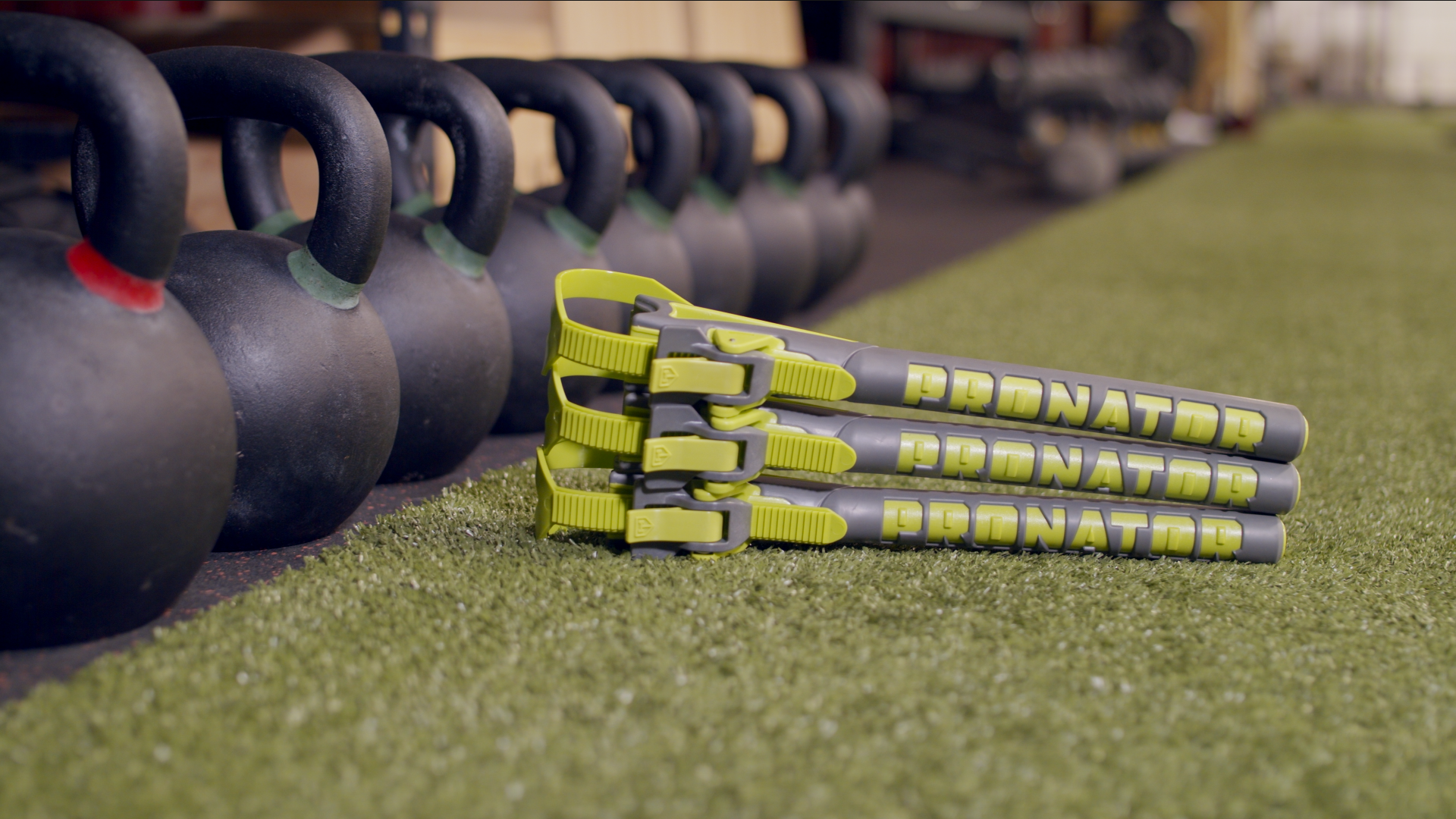
Exercises for Pronator Teres Pain Relief
1. Forearm Stretches
- How to Do It: Extend your arm in front of you with the palm facing down, gently pull the hand towards you using the other hand.
- Frequency: Hold for 15-30 seconds, repeat 2-3 times.
- Benefits: Stretches the pronator teres and surrounding muscles, relieving tension.
2. Wrist Flexor Stretch
- How to Do It: With your arm extended, palm facing up, gently pull the fingers back towards your body.
- Frequency: Hold for 15-30 seconds, repeat 2-3 times.
- Benefits: Stretches the muscles on the underside of the forearm, complementing the pronator teres stretch.
3. Wrist Extension and Flexion
- How to Do It: With your elbow bent, move your wrist up and down gently.
- Frequency: 2-3 sets of 10-15 repetitions.
- Benefits: Improves range of motion and flexibility in the wrist and forearm.
4. Pronation and Supination
- How to Do It: Hold a light weight (like a small dumbbell) and rotate your forearm to turn your palm up and then down.
- Frequency: 2-3 sets of 10-15 repetitions.
- Benefits: Strengthens the pronator and supinator muscles, improving muscle balance.
When to Seek Professional Help
If self-care measures and exercises don’t alleviate the pain, it may be time to seek professional help. Indications include:
- Persistent or worsening pain
- Inability to perform daily activities
- Signs of nerve involvement, like persistent numbness or tingling
Professional Treatment Options
1. Physical Therapy
- Description: Tailored exercises, manual therapy, and modalities like ultrasound.
- Benefits: Addresses the root cause of pain and improves muscle function.
2. Medication
- Description: Over-the-counter pain relievers or anti-inflammatory medications.
- Benefits: Provides temporary pain relief and reduces inflammation.
3. Steroid Injections
- Description: Corticosteroid injections in the affected area.
- Benefits: Reduces severe inflammation and provides pain relief.
Lifestyle Modifications for Long-Term Relief
Making certain lifestyle changes can also help in managing and preventing pronator teres pain:
- Ergonomic Adjustments: Modify your workspace to reduce strain on your arms.
- Regular Breaks: Take frequent breaks during repetitive tasks.
- Strength and Flexibility Training: Engage in regular exercises that strengthen and stretch the forearm muscles.
The Importance of Ergonomics
Poor ergonomic practices are a common cause of pronator teres pain. Tips for improvement include:
- Correct Desk Setup: Ensure your desk and chair are at the right height to keep your forearms parallel to the floor while typing.
- Proper Mouse and Keyboard Use: Use ergonomic mouse and keyboards to reduce strain.
- Posture Correction: Maintain good posture to reduce unnecessary strain on your forearm.
Coping Mechanisms for Chronic Pain
If pronator teres pain becomes a chronic issue, consider:
- Stress Management Techniques: Practices like meditation and yoga can help manage pain.
- Support Groups: Connect with others experiencing similar issues for support and advice.
- Psychological Approaches: Techniques like cognitive-behavioral therapy can be effective in managing chronic pain.
Conclusion
Pronator teres pain can be a significant hindrance to daily activities and overall quality of life. By implementing a combination of rest, ice and heat therapy, exercises, ergonomic adjustments, and seeking professional help when needed, you can effectively manage and relieve this pain. Remember, each individual’s situation is unique, so it’s important to listen to your body and adjust these strategies accordingly. If you experience persistent pain, don’t hesitate to seek professional medical advice for a tailored approach to your condition. With the right care and attention, you can achieve relief from pronator teres pain and return to your daily activities with comfort and ease.
THE PRONATORStarts at JUST $74.95!
- 1 Year FULL WARRANTY
- Used by NCAA, NFL, NBA & MLB
- Customer Satisfaction Guarentee

